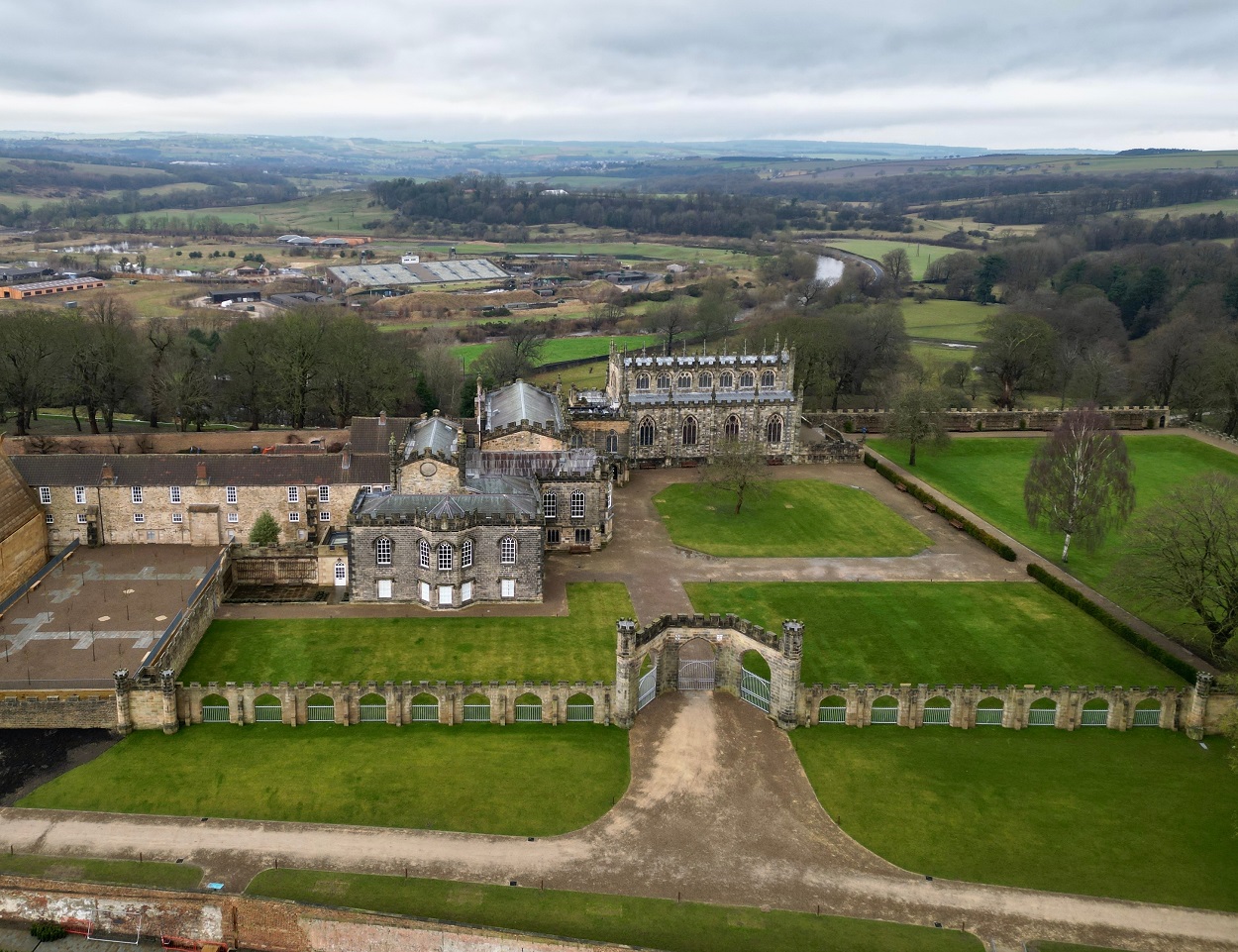A team of archaeologists are searching for the home of Sir Arthur Haselrig, a leader of the Parliamentary opposition to Charles I, and whose attempted arrest sparked the English Civil War.
Haselrig fought on the side of the Parliamentarian’s where he led a troop of cuirassiers known as the London lobsters. At the Battle of Cheriton, his troops successfully repelled Sir Henry Bard’s cavalry charge, significantly weakening the King’s western forces.
Following the Royalist defeat, Haselrig approved of the king’s execution, but declined to act as a judge at his trial. He was one of the leading men in the Commonwealth, but he was antagonised by Cromwell’s expulsion of the Rump Parliament, and he opposed the Protectorate refusing to pay taxes.
In 1660, the formation of a new Convention Parliament led to the proclamation of Charles II as King. The Parliament granted amnesty to most of Cromwell’s supporters through the Act of Indemnity and Oblivion; however, those who had committed regicide against Charles I were hanged, drawn, and quartered.
A total of 50 people were excluded from the amnesty, including Sir Haselrig, who was sentenced to life imprisonment in the Tower of London (where he died in 1661).
Excavations are currently being conducted at Auckland Castle in the town of Bishop Auckland, England.
Archaeologists from Durham University’s Department of Archaeology hope to find the former home of Sir Haselrig, who tore down the castle to build a contemporary house. Following Sir Haselrig’s arrest, the new Bishop of Durham, John Cosin, demolished the new house and rebuilt Auckland Castle as a Bishop’s Palace.
According to a press statement by Durham University: “Informed by geophysics, our archaeologists will be working to discover if the house was ever finished and lived in. They’re hoping to find household objects and identify essential parts of the building including windows and floors.”
John Castling, Archaeology Curator at The Auckland Project said: “This excavation will give us an exciting view of the 1650s – the most dramatic of decades in Auckland Castle’s history. It also promises us a glimpse at an alternative timeline for the site and for northern England, had the course of history been different. What if the monarchy hadn’t been reinstated and Sir Arthur Haselrig was able to live in the house he erected? This dig will cast a light on that point in past where history almost, but didn’t quite, change its course.”
Header Image Credit : Shutterstock
Sources : Durham University





